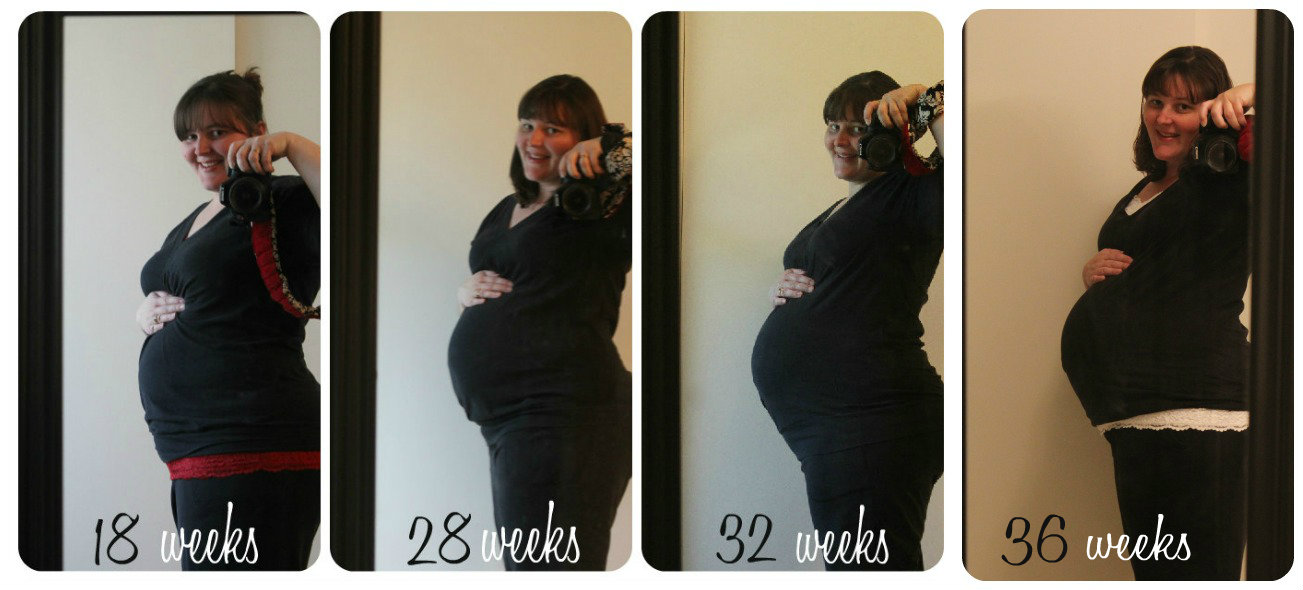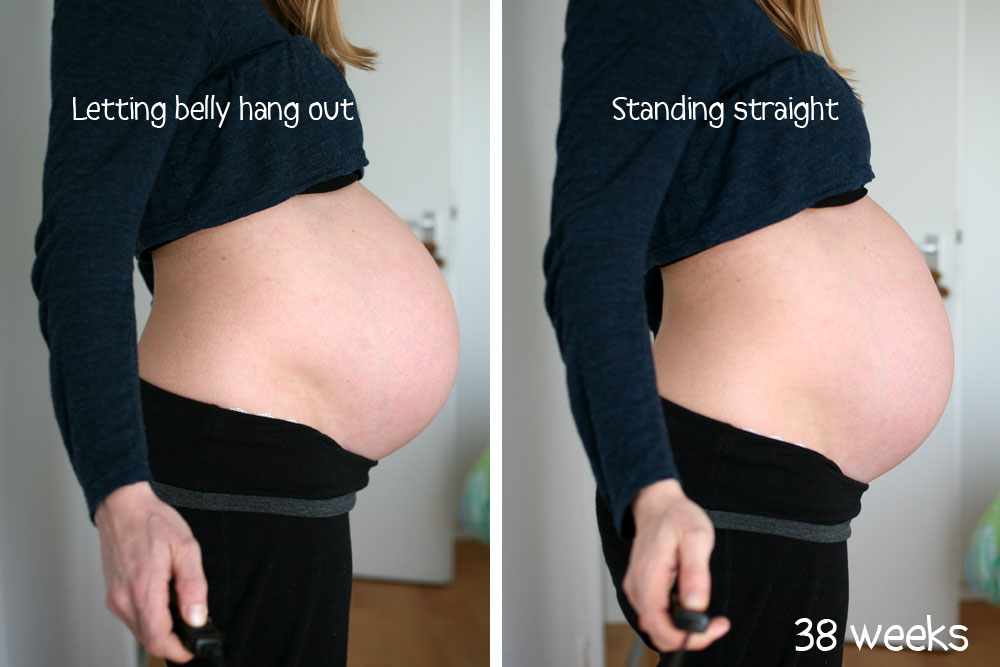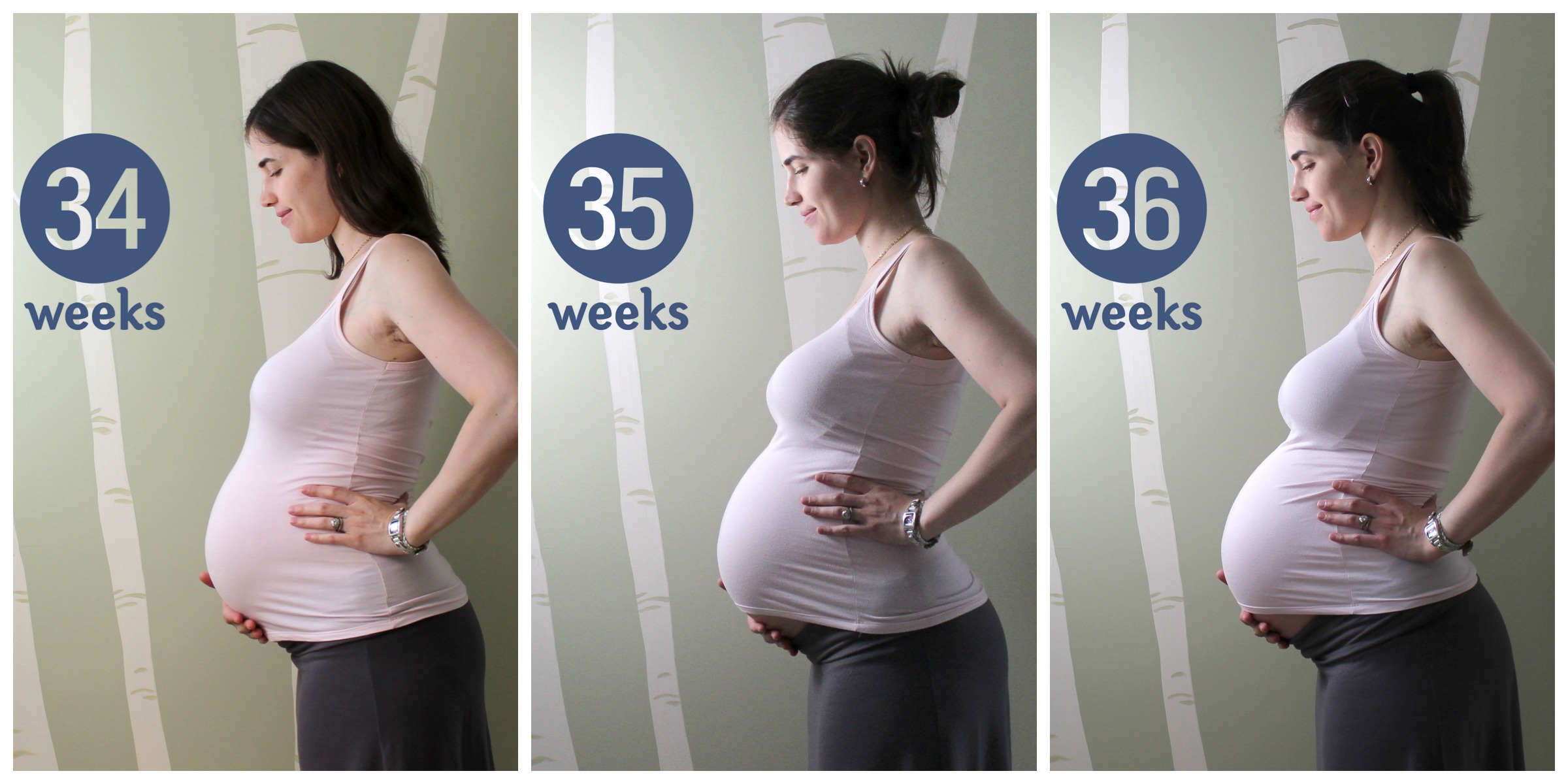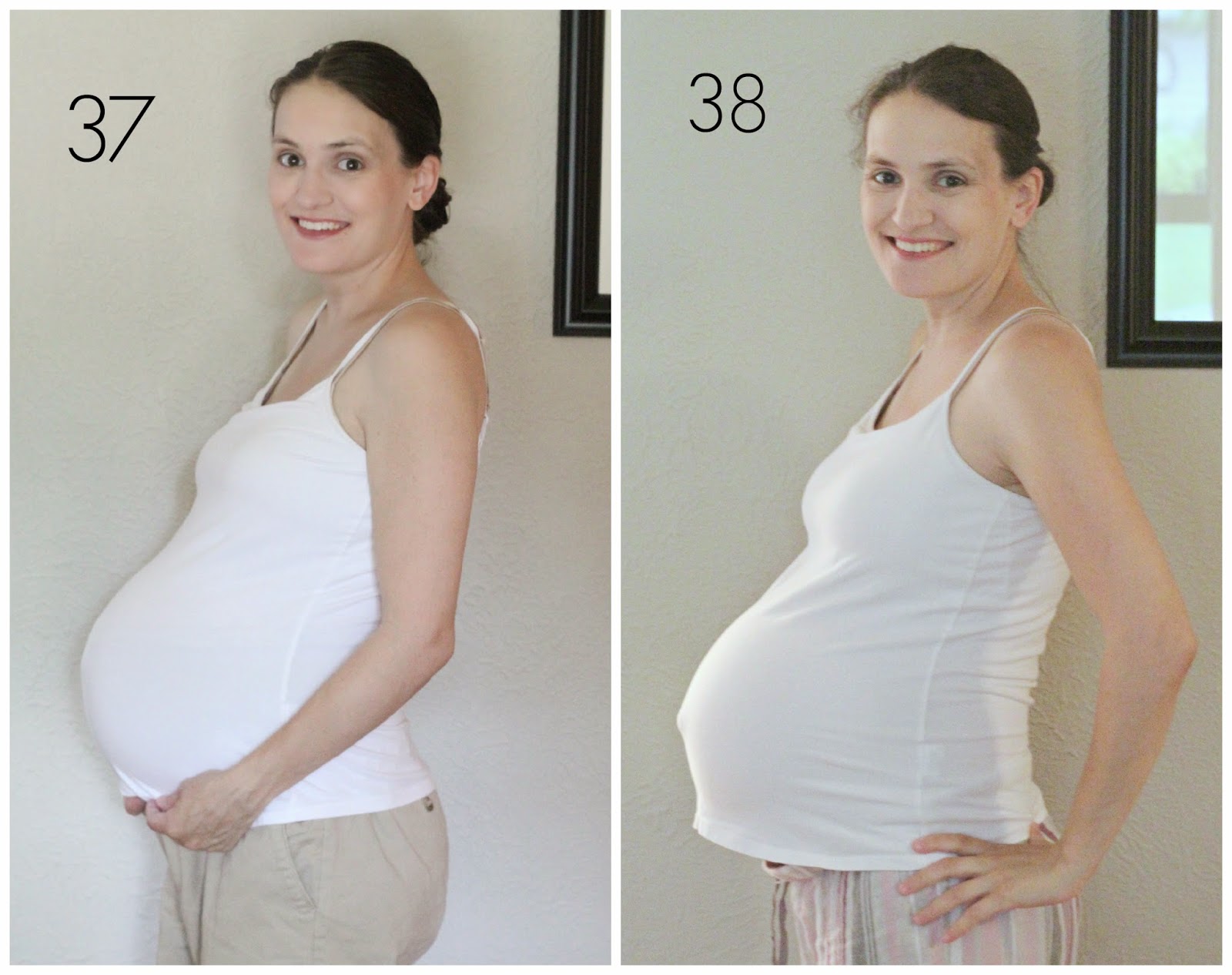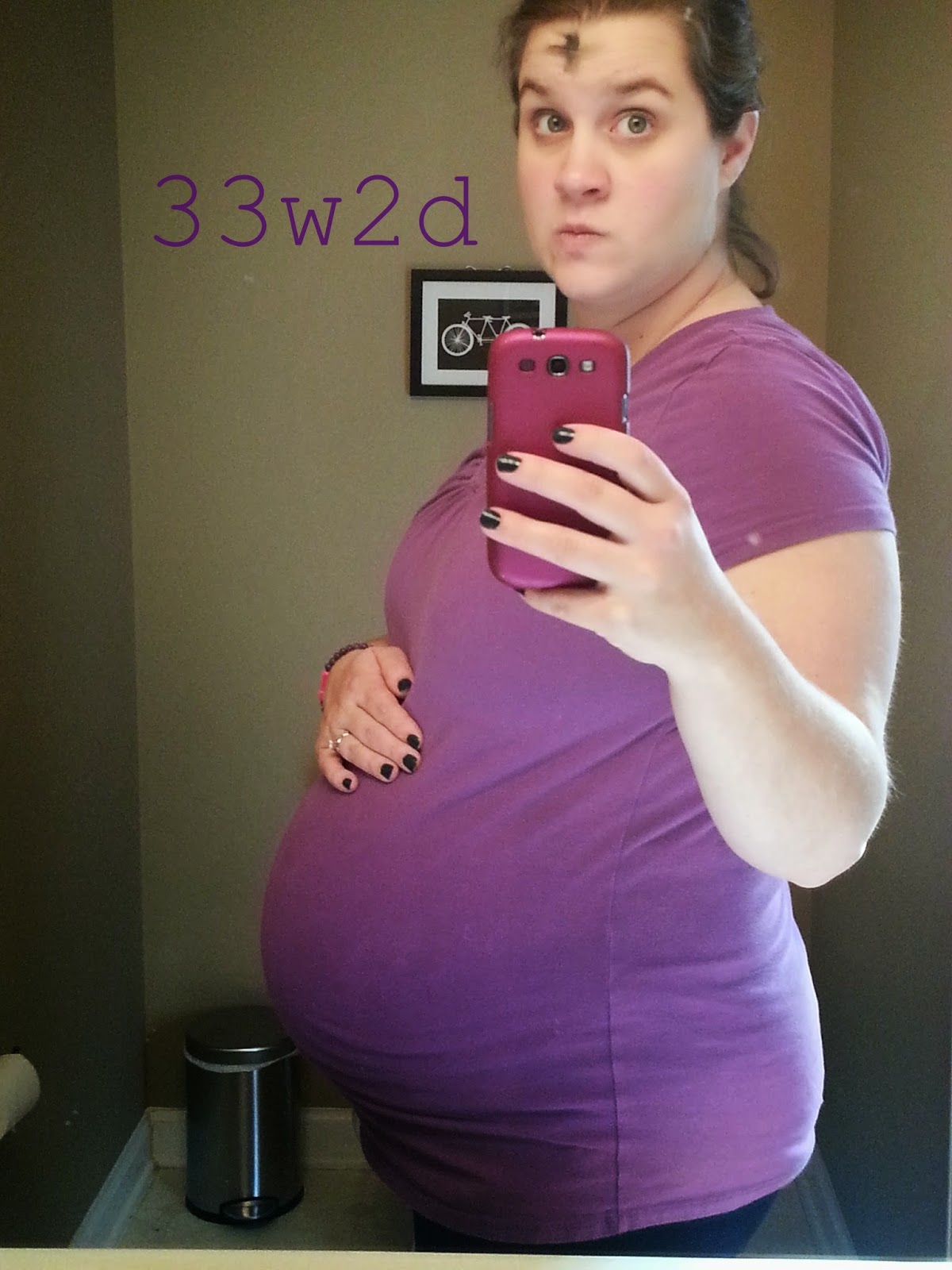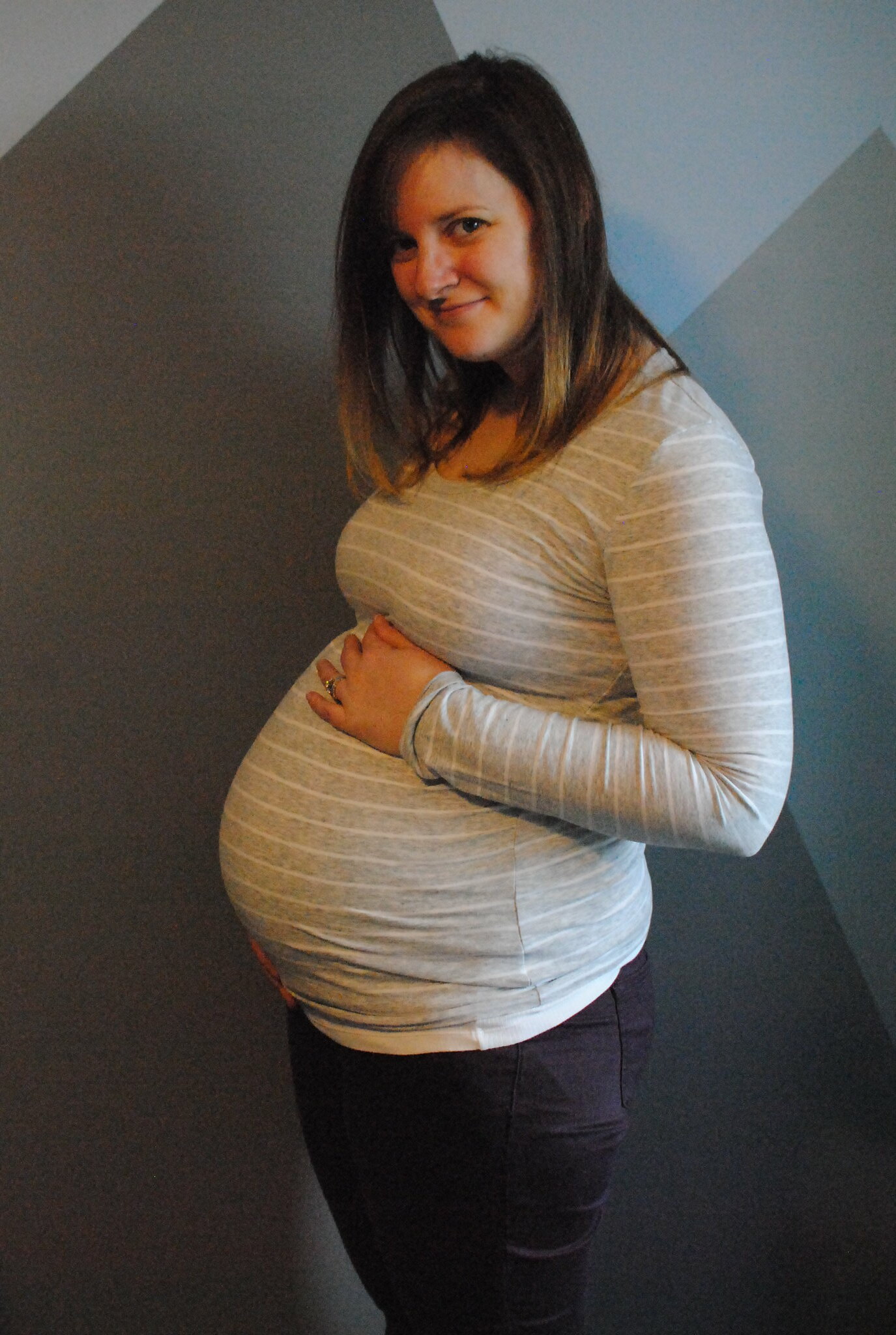Pregnant Belly Dropped Pictures Before And After

The late afternoon sun cast long shadows across Sarah’s living room as she scrolled through her phone, a soft smile playing on her lips. Her toddler, Leo, built a tower of blocks beside her, occasionally glancing up to check if Mom was watching. On the screen, a collection of photos showcased Sarah’s pregnancy journey – a journey that had captivated her friends and followers online, particularly the series documenting the subtle but significant "belly drop."
The phenomenon of the "belly drop," or lightening as it's medically known, has become a visually documented milestone in many pregnancies, shared widely on social media. This article explores the reasons behind this pre-labor sign, its varying experiences, and the cultural fascination with this very visible shift as women prepare to welcome new life.
Sarah's Story: A Visual Diary
Sarah, a 32-year-old graphic designer from Austin, Texas, documented her entire pregnancy on Instagram. She wanted to create a space where she could share her experiences, connect with other expectant mothers, and demystify some of the anxieties surrounding pregnancy. What she didn't anticipate was the level of engagement sparked by her "belly drop" before and after photos.
“I remember feeling so awkward at first,” Sarah admits. “Sharing pictures of my changing body felt incredibly vulnerable. But the response was overwhelmingly positive. Women were commenting, sharing their own stories, and asking questions. It created this amazing sense of community.”
Her initial photos, taken around 34 weeks, showed a high, round belly, comfortably nestled under her ribs. A week later, the difference was noticeable – a lower, more forward-projecting bump. She captioned the photos with her observations: increased breathing ease, but also a heightened pressure in her pelvis.
The Science Behind the Shift
So, what exactly causes this visual transformation? Dr. Emily Carter, an OB-GYN at a leading women's hospital, explains the physiological process: "Lightening occurs when the baby's head descends into the pelvis, preparing for birth. This descent relieves pressure on the mother's diaphragm, making breathing easier, but simultaneously increases pressure on the bladder and pelvic floor."
Dr. Carter emphasizes that the timing of this "drop" varies greatly. "For first-time mothers, lightening can occur weeks before labor. In subsequent pregnancies, it might not happen until labor actually begins."
She cautions against using the belly drop as a precise predictor of labor. "It's a sign that the baby is getting ready, but it doesn't tell you exactly when labor will start. Focusing too much on it can lead to unnecessary anxiety."
The Cultural Significance
The fascination with the "belly drop" isn't new. Historically, midwives and experienced mothers have long observed this sign as an indicator of impending labor. However, social media has amplified its visibility and created a platform for shared experiences.
Social media platforms like Instagram and TikTok are filled with before and after pictures, often accompanied by humorous captions and shared experiences. This online documentation creates a sense of solidarity and shared anticipation among expectant parents.
However, this increased visibility also comes with potential pitfalls. The curated nature of social media can lead to unrealistic expectations and anxieties if one's own experience doesn't match the online narrative.
Navigating the Online Noise
“It’s important to remember that everyone’s pregnancy journey is unique," cautions Lisa Peterson, a certified doula. “What you see online is just a snapshot. Don’t compare your experience to others. Focus on listening to your body and trusting your instincts.”
Peterson also stresses the importance of seeking information from reliable sources. "Instead of relying solely on social media, consult with your healthcare provider and attend childbirth education classes. Knowledge is empowering."
She advises expectant parents to focus on preparing for labor and delivery, both physically and emotionally. "Prenatal yoga, meditation, and connecting with other parents can all contribute to a positive and empowering birth experience."
Beyond the Physical: Emotional Preparation
While the "belly drop" is a physical sign, it often marks a significant emotional shift as well. The imminent arrival of a new baby can trigger a mix of excitement, anticipation, and anxiety.
Sarah recalls feeling a surge of emotions as her body prepared for labor. “The drop felt like a real turning point. It was like my body was saying, ‘Okay, we’re really doing this.’ It was both exhilarating and a little scary.”
She found comfort in connecting with her partner, preparing the nursery, and mentally visualizing the birth process. "Taking those steps helped me feel more grounded and in control, even though I knew I couldn't control everything."
A Community of Support
The online community Sarah built through her pregnancy photos became a source of invaluable support. Women shared tips, offered encouragement, and celebrated each other's milestones. This sense of connection helped ease some of the isolation that can accompany pregnancy.
“Knowing that I wasn’t alone in my experience made a huge difference,” Sarah says. “Hearing from other women who had been through similar things helped me feel more confident and less afraid.”
She encourages expectant parents to seek out communities, both online and in person. "Find people who understand what you're going through and who can offer support and encouragement."
Reflecting on the Journey
Looking back on her pregnancy journey, Sarah is grateful for the experience of documenting it and sharing it with others. The "belly drop" photos, in particular, hold a special significance.
“They represent a moment of transformation, both physically and emotionally,” she reflects. “They remind me of the incredible strength and resilience of the female body, and the amazing journey of bringing new life into the world.”
Ultimately, the "belly drop" is more than just a visual phenomenon. It's a symbol of the profound changes that occur during pregnancy, and the anticipation of the incredible journey to come. It's a reminder to celebrate the strength and beauty of the pregnant body, and to embrace the transformative power of motherhood.

